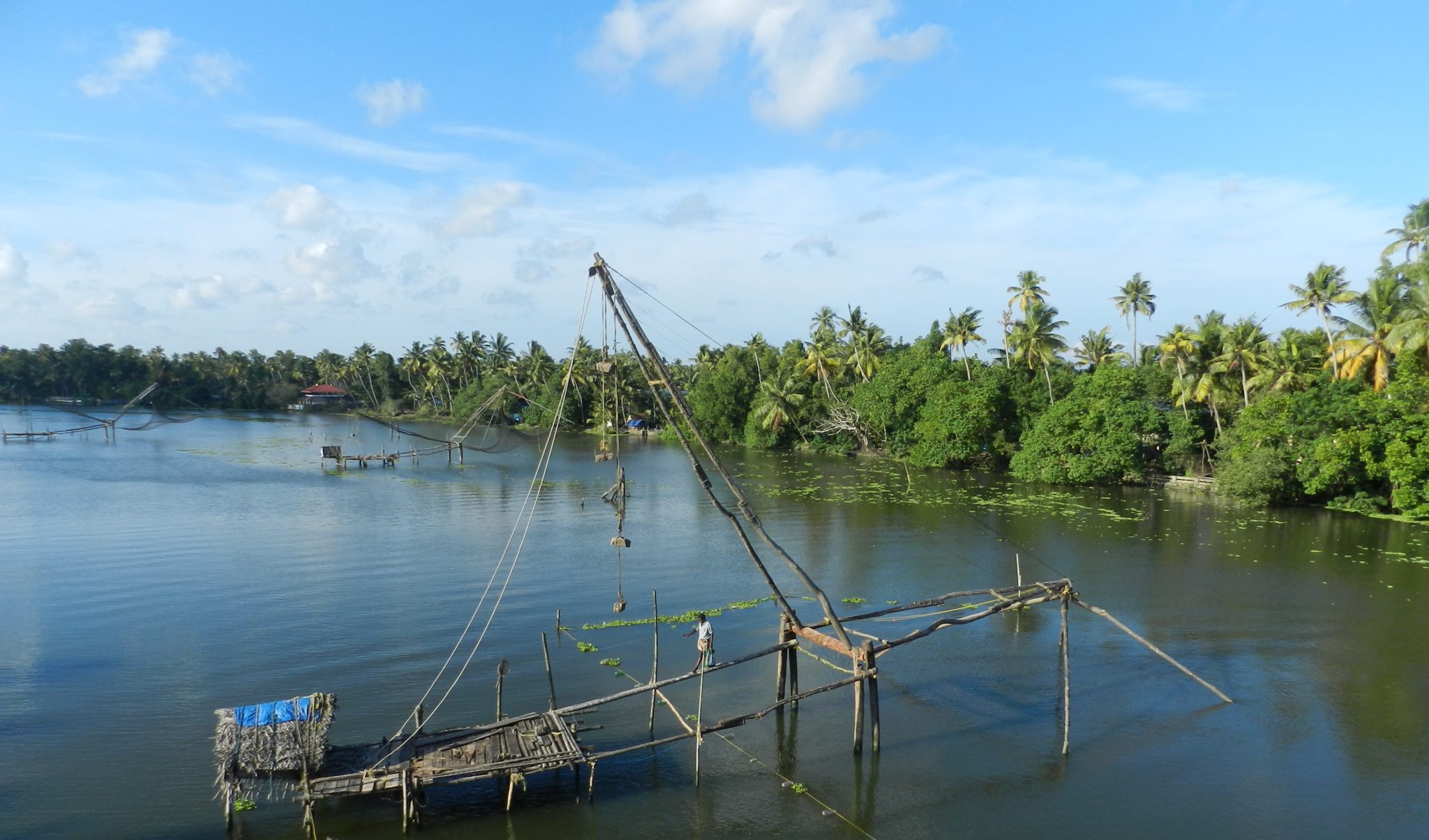
Coastal wetland conservation
-
Coastal wetland conservation
Coastal wetlands, owing to the linkages with their inland basins, coastal zones and the sea are highly productive ecosystems. Estuaries, lagoons, salt marshes and mangroves thrive on the balance between riverine and coastal hydrological and ecological processes. Major economic activities also take place on coastlines, bringing in threats as habitat alteration, flow regime alteration and pollution for these wetlands.
Coastal wetlands are one of the nature’s signficant biodiversity hotspots. Due to the transition from inland freshwater to coastal marine water, they support a large number of species that can live in either of the habitats or even both, as a part of their life-cycle stages. For example, over 70% of fish species found in Chilika Lagoon on Indian East Coast migrate from the sea or the inflowing rivers.
Communities living around these wetlands derive sustenance from the rich resource base of coastal wetlands. Shrimp, fish, molluscs, crabs, seaweeds and pearls are all harvested along the coastlines and exported all over the world. Coastal wetlands, given their scenic settings, are also attached to high recreational values. Besides, several coastal wetlands function as carbon stores, at times even more efficient than tropical forests. Healthy coastal wetlands have an important role as a buffer from extreme events, regulating coastal erosion and saltwater intrusion.
We promote integrated management of coastal wetlands based on an assessment of linkages these ecosystems have with their inland basins, coastal zones and marine areas. We mobilise the required science base through detailed assessments of wetlands features and factors governing these features. We also enable multi-stakeholder dialogues to support mainstreaming coastal wetland ecosystem services and biodiversity values in planning and decision making for sectors such as water management.
